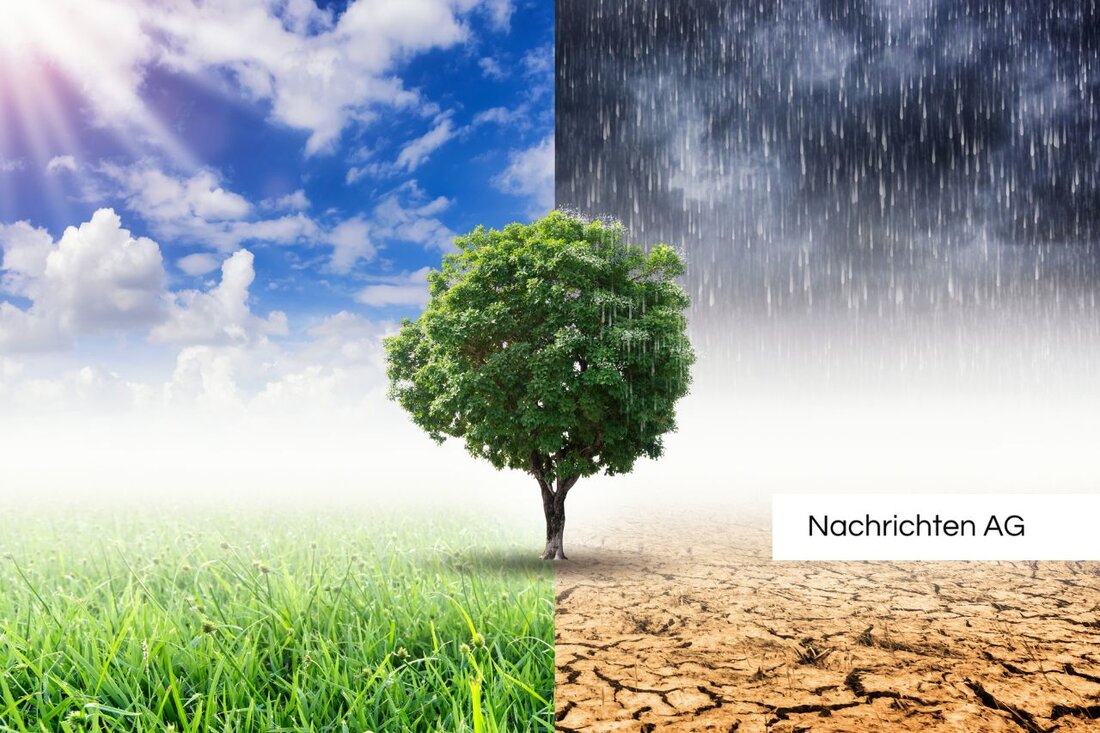Climate simulation shows: How much can we save for our planet?
On July 22, 2025, the KU Ingolstadt simulated global climate negotiations to develop solutions to climate change.

Climate simulation shows: How much can we save for our planet?
A novel simulation on the topic of climate recently took place at the KU (University of the Arts) and brought together participants from different groups that were representative of countries and interest groups. The aim was to realistically recreate the global climate negotiations and to give all participants a deeper understanding of the complexity of international negotiations. The participants had to put their own beliefs aside and adopt the given views of the respective countries for the simulation, which posed an exciting challenge. For example, the United States was depicted either under the leadership of President Trump or before his era. EU actors focused on the challenges posed by the war in Ukraine, energy supplies, nuclear debates and inflation.
The simulation included six groups, including those representing developed nations such as Canada, Australia and Japan, as well as those focused on China and India. China specifically addressed policies related to fossil fuels and food security, while India discussed issues such as extreme heat, social inequality and geopolitical tensions. The countries of the global south, on the other hand, dealt with essential issues such as climate finance, water and food security and climate migration. These countries had the opportunity to make proposals to limit deforestation and reforestation, which helped participants understand the differences in national priorities and challenges.
Negotiations and results
The simulation included a total of three rounds of negotiations in which the groups formulated their internal offers. A central goal was to limit global warming to a maximum of 2 degrees Celsius by 2100. Participants were also asked to pay at least $300 billion annually into an international climate fund. After the negotiation rounds, the delegates presented their results, which were entered into a simulation program. However, while adults were able to achieve a maximum of 2.1 degrees of warming by 2100, students found it possible to limit this to 2 degrees.
To effectively combat global warming, ambitious measures were required, such as stabilizing and reducing greenhouse gas emissions, combating deforestation and increasing reforestation projects. The simulation showed the quantitative impact of various measures on global warming and identified significant obstacles to international cooperation. The participants will now approach the next climate conference in November with a broader understanding of how to find political compromises.
Background of international climate policy
The international climate negotiations have their origins in 1992 with the “Earth Summit” in Rio de Janeiro. This led to the establishment of the United Nations Framework Convention on Climate Change (UNFCCC), which came into force in 1994. Proprietary structural features, such as annual Conferences of the Parties (COP), offer the more than 198 member states platforms to develop negotiating texts and reach consensus on important decisions. Significant milestones include the Kyoto Protocol of 1997 and the Paris Agreement in 2015, which aim to set a limited target to limit global warming to 1.5 to below 2 degrees Celsius.
The key challenge remains financing necessary climate protection measures, which is often a contentious point between nations. According to the Intergovernmental Panel on Climate Change's Sixth Assessment Report (2023), significant reductions in global greenhouse gas emissions are required to curb global warming, as climate change represents not just a national but a global challenge. The likelihood that Earth's surface temperature could rise by up to 3.2 degrees by 2100 without additional action poses a serious threat.
The art university has set itself the goal of integrating sustainability into all aspects of university life and, in this regard, works closely with partners from various social and economic areas. This simulation represents an important contribution to promoting future negotiations on international climate policy and its implementation.

 Suche
Suche
 Mein Konto
Mein Konto